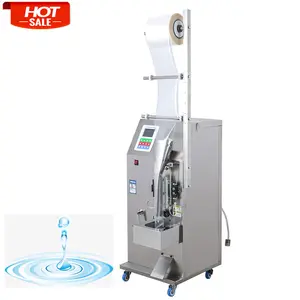Popular in your industry

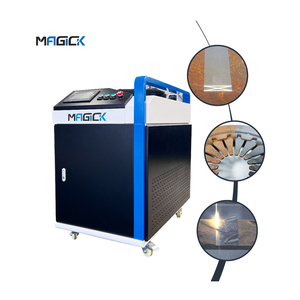

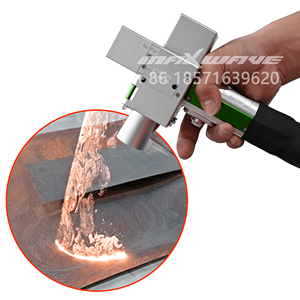

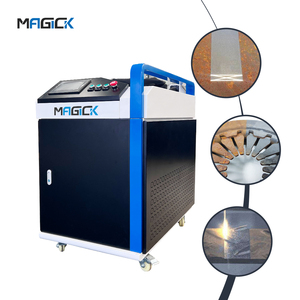








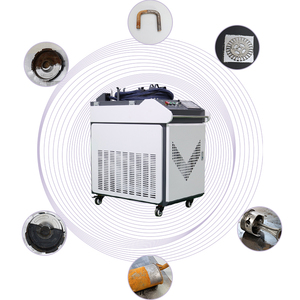




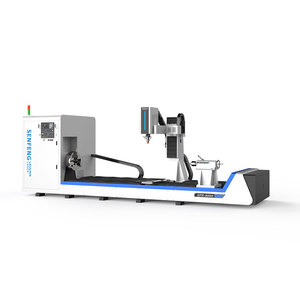




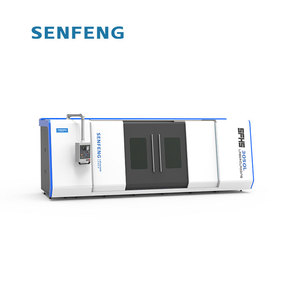
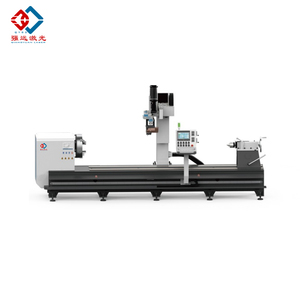



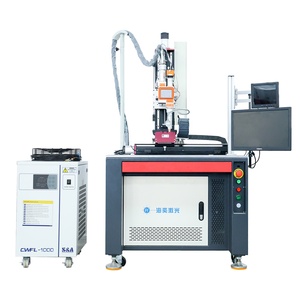











Top categories
About laser metal deposition
Laser metal deposition (LMD) is an additive manufacturing process that uses a high-power laser to melt and fuse metal powders, enabling the precise layering of material to build complex three-dimensional structures. LMD can be robotically controlled to apply material to a specific area, making it a versatile technology in various industries, such as aerospace, automotive, and tooling. The utilization of metal deposition offers numerous advantages, including reduced material waste, enhanced design flexibility, and the ability to repair high-value components. The LMD process can utilize a variety of materials, including steel, titanium, and nickel-based alloys, providing a wide range of options for manufacturers to meet specific application requirements.
Advantages of Laser Metal Deposition
Laser metal deposition offers several advantages that set it apart from traditional manufacturing processes. One of the key benefits of LMD is its ability to create fully dense, near-net-shape parts with intricate geometries. This capability reduces the need for post-processing, such as machining, and minimizes material waste, making it a more sustainable and cost-effective option. Additionally, the direct metal deposition process enables the use of multiple materials and the creation of gradient structures, enhancing the performance and functionality of the manufactured components. The precise control provided by LMD lasers allows for localized heat input, minimizing distortion and stress in the final part. This control also contributes to the process's repeatability and accuracy, ensuring consistent results across production runs. Furthermore, laser metal deposition offers the advantage of on-demand manufacturing, as parts can be produced quickly and customized to meet specific requirements, reducing lead times and improving overall production efficiency.
Applications of Laser Metal Deposition
The application of laser metal deposition extends across a wide range of industries, showcasing its versatility and adaptability. In the aerospace sector, LMD is utilized to manufacture lightweight, complex components, such as turbine blades and structural elements for aircraft. The automotive industry benefits from laser metal deposition in the production of engine components, tooling, and customized parts for prototyping and manufacturing. In the medical field, LMD is employed in the fabrication of patient-specific implants and surgical instruments, leveraging its ability to create complex, biocompatible structures. The oil and gas sector utilizes laser metal deposition for the repair and cladding of critical components exposed to harsh environments, extending their operational lifespan. Furthermore, the tooling industry relies on metal deposition to build and repair molds, dies, and cutting tools, enhancing their durability and wear resistance. These diverse applications highlight the adaptability and efficiency of laser metal deposition in meeting the complex manufacturing needs of various industries.
The Future of Laser Metal Deposition
The future of laser metal deposition is poised for significant advancements and widespread adoption. Continued research and development efforts focus on enhancing process control, improving material compatibility, and increasing deposition rates to further expand the technology's capabilities. The integration of advanced monitoring and feedback systems will enable real-time quality assurance and adaptive manufacturing, driving the adoption of LMD in high-precision applications. Additionally, the exploration of new materials and the development of hybrid manufacturing approaches, combining LMD with other technologies, will unlock innovative solutions for complex component production. As the demand for lightweight, customized, and sustainable manufacturing grows, laser metal deposition will play a pivotal role in shaping the future of additive manufacturing across industries.



